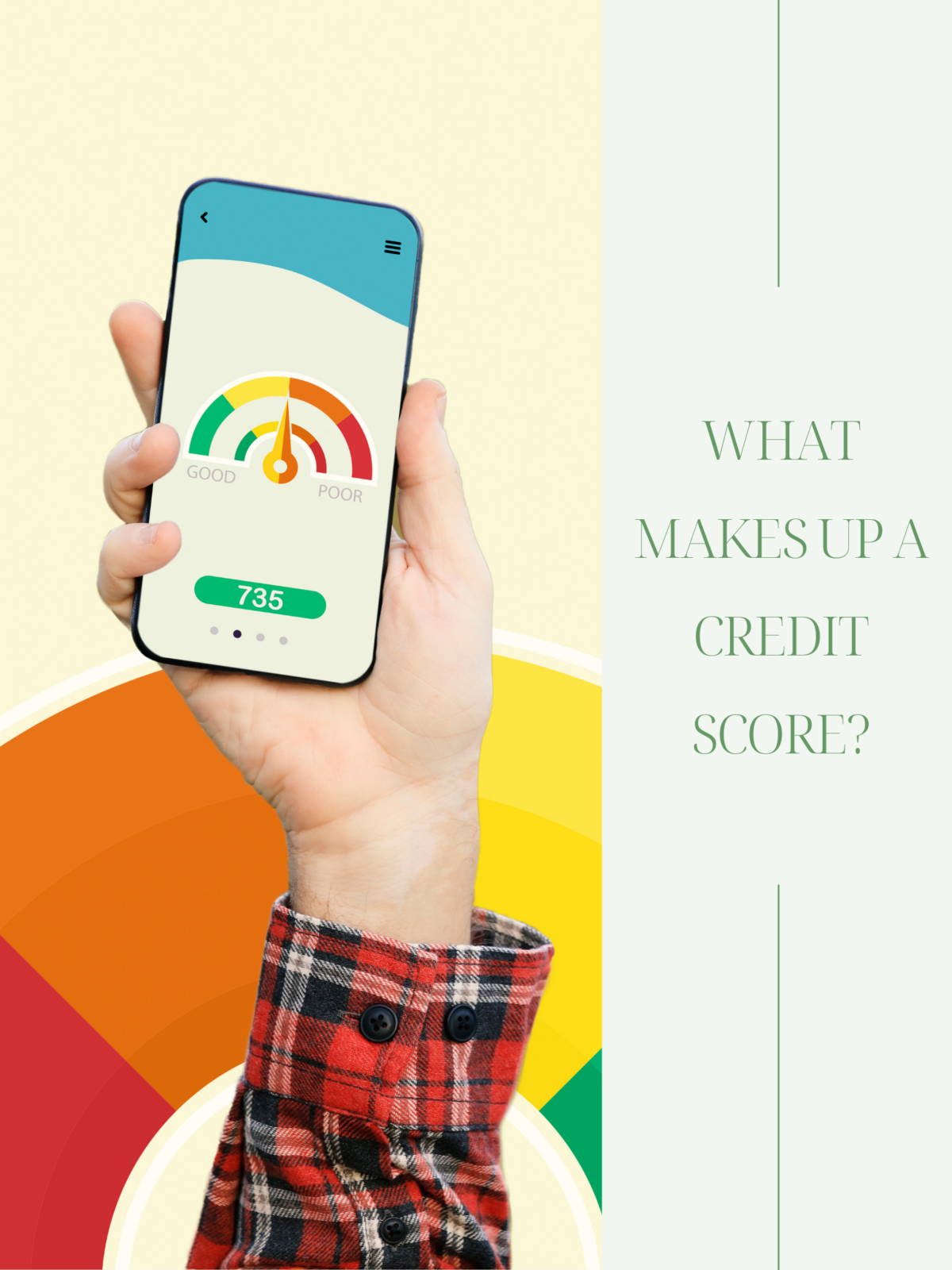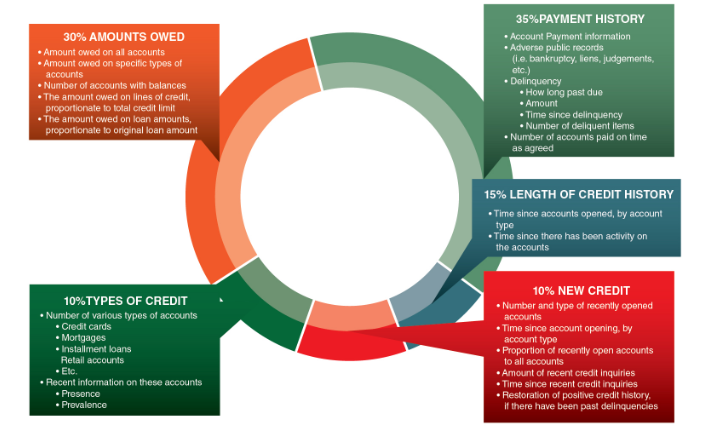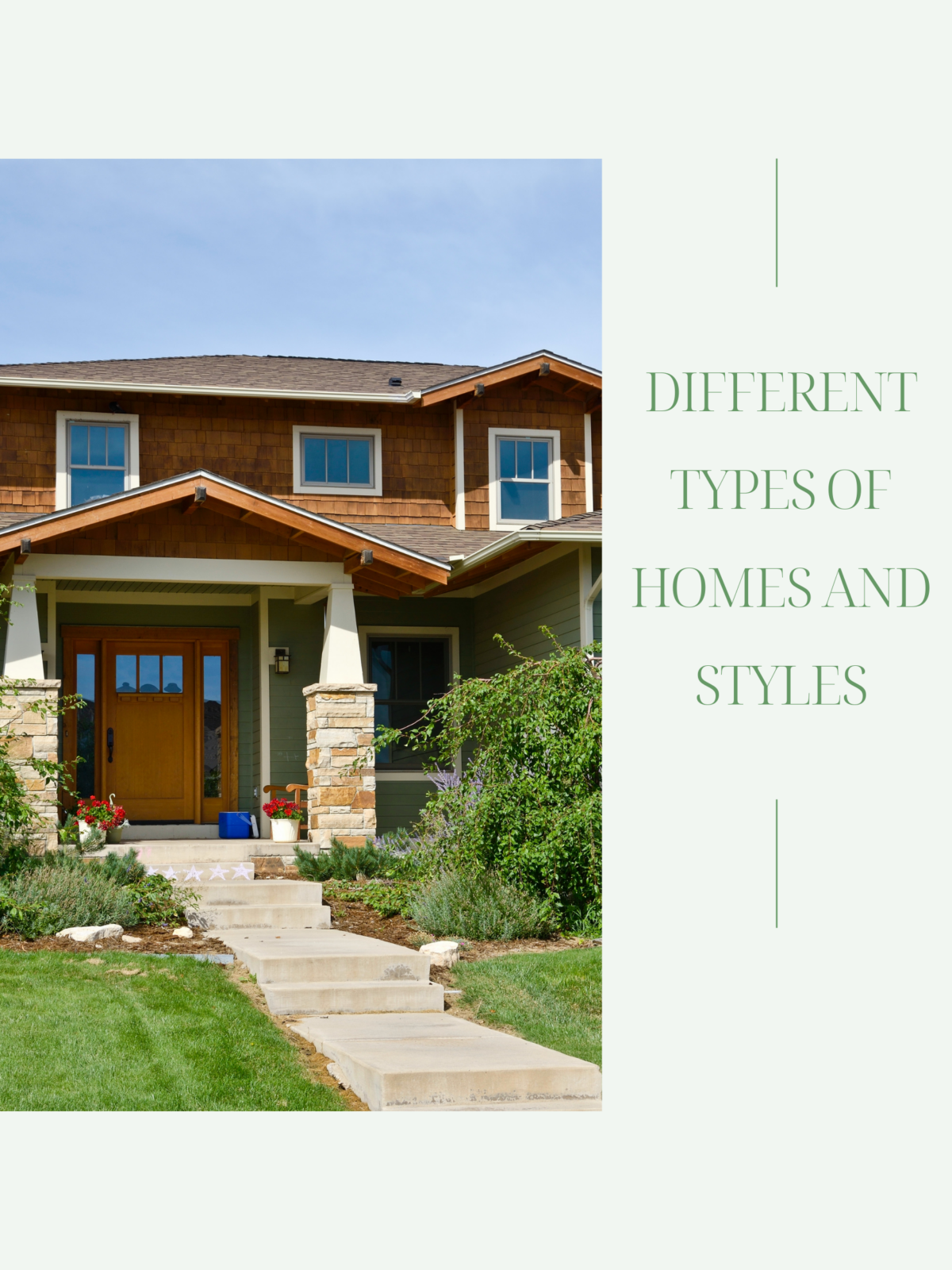Understanding the Differences and Exploring Their Benefits
If you’re a homeowner in need of funds, you may have come across two popular options: cash-out refinance and Home Equity Line of Credit (HELOC). Both of these financial tools allow you to access the equity in your home, but they have distinct differences. In this blog post, we will compare cash-out refinance and HELOC, explaining their unique features and benefits. By understanding these differences, you can make an informed decision about which option suits your financial needs and goals.
Cash-Out Refinance
A cash-out refinance is a mortgage option that allows you to refinance your existing mortgage for an amount greater than what you owe. This enables you to receive the difference in cash. Essentially, you replace your current mortgage with a new one, and the equity you have built in your home becomes accessible to you. The funds from a cash-out refinance can be used for various purposes, such as home improvements, debt consolidation, education expenses, or investments.
HELOC (Home Equity Line of Credit)
A HELOC, on the other hand, is a line of credit that allows you to borrow against the equity in your home. It functions similarly to a credit card, where you have a maximum borrowing limit and can withdraw funds as needed. With a HELOC, you have a draw period during which you can access funds, and you only pay interest on the amount you borrow. After the draw period, you enter the repayment period, during which you can no longer withdraw funds and must start repaying both principal and interest.
Key Differences
Now let’s explore the key differences between cash-out refinance and HELOC:
- Loan Structure: A cash-out refinance replaces your existing mortgage with a new one, resulting in a single loan with a new interest rate and term. A HELOC, on the other hand, provides a line of credit separate from your mortgage, allowing you to access funds as needed during the draw period.
- Interest Rates: The cash-out refinance often offers fixed interest rates, providing stability and predictability in your monthly payments. A HELOC typically has variable interest rates, which can fluctuate over time based on market conditions. This means your monthly payments can vary during the draw period.
- Repayment Terms: A cash-out refinance comes with a new loan term, which means you’ll have a new timeline to repay the borrowed amount. The HELOC has a draw period (usually 5-10 years) during which you can borrow funds, followed by a repayment period (usually 10-20 years) where you repay the principal and interest.
- Accessing Funds: With your cash-out refinance, you receive the funds as a lump sum at the time of closing. Your HELOC allows you to access funds as needed during the draw period, similar to how you use a credit card.
- Tax Deductibility: The interest paid on both a cash-out refinance, and a HELOC may be tax-deductible, but it’s essential to consult with a tax professional to understand the specific rules and regulations in your jurisdiction.
Benefits of Cash-Out Refinances and HELOCs
Both cash-out refinances, and HELOCs offer unique benefits. Here are some advantages of each:
Benefits of a Cash-Out Refinance:
- Access a large sum of cash: A cash-out refinance allows you to access a significant amount of money in one transaction, making it suitable for substantial expenses like home renovations or debt consolidation.
- Fixed interest rates: With a cash-out refinance, you can secure a fixed interest rate, providing stability and predictability in your monthly payments.
- Simplified repayment: You have a single loan to manage, simplifying your finances.
Benefits of a HELOC:
- Flexibility in borrowing: A HELOC provides flexibility in borrowing, allowing you to access funds as needed during the draw period. This is beneficial when you have ongoing expenses or unpredictable funding needs.
- Pay interest only on what you borrow: During the draw period, you only pay interest on the amount you borrow, potentially reducing your monthly payments.
- Revolving line of credit: Once you repay a portion of the borrowed amount, you can borrow it again, giving you ongoing access to funds.
Choosing the Right Option for You
When deciding between a cash-out refinance and a HELOC, consider the following factors:
- Financial Goals: Determine your specific financial goals and how the funds will be used. If you have a one-time large expense, the cash-out refinance may be the better choice. If you have ongoing or unpredictable funding needs, a HELOC could provide greater flexibility.
- Interest Rates: Assess your comfort level with interest rate fluctuations. If you prefer a fixed interest rate, cash-out refinance may be the more suitable option. If you’re comfortable with variable rates and potentially lower initial payments, the HELOC could be advantageous.
- Repayment Terms: Consider how quickly you can repay the borrowed amount. If you prefer a new loan term with fixed monthly payments, a cash-out refinance may align with your financial strategy. If you want more flexibility in repayment and ongoing access to funds, a HELOC may be a better fit.
- Closing Costs and Fees: Evaluate the closing costs and fees associated with each option. A cash-out refinance typically involves closing costs similar to those of a traditional mortgage. A HELOC may have lower upfront costs but could include fees like annual maintenance fees.
Conclusion
Cash-out refinance loans and HELOCs are both effective ways to tap into your home’s equity. Understanding the differences between the two can help you choose the option that best aligns with your financial needs and goals. Whether you prefer a lump sum payment with a fixed interest rate (cash-out refinance) or ongoing access to funds with flexible repayment (HELOC), consult with a mortgage professional to evaluate your options and make an informed decision.



